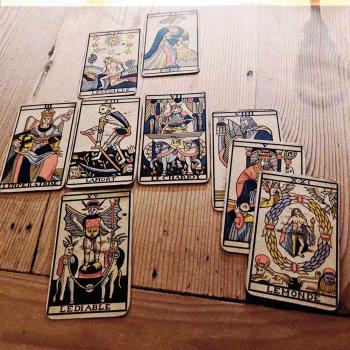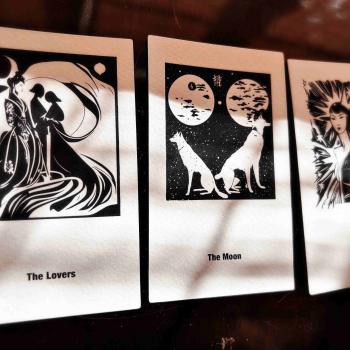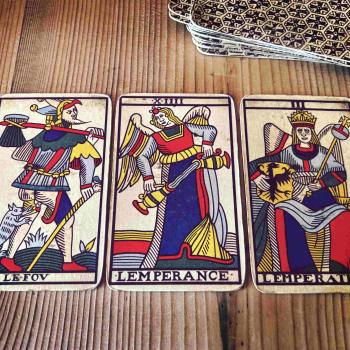
Today I went to see a man I haven’t seen in 23 years. A retired Lutheran vicar who once performed a very elegant solution to the situation of ‘not really, I don’t want to get married, but I want your church and your words for a blessing ritual’.
I wrote a short book of memories, Agger: Borrowed Memories, connected to the place I’ve recently moved to, and the vicar made it in one of the stories. I wanted to give him a copy of the book.
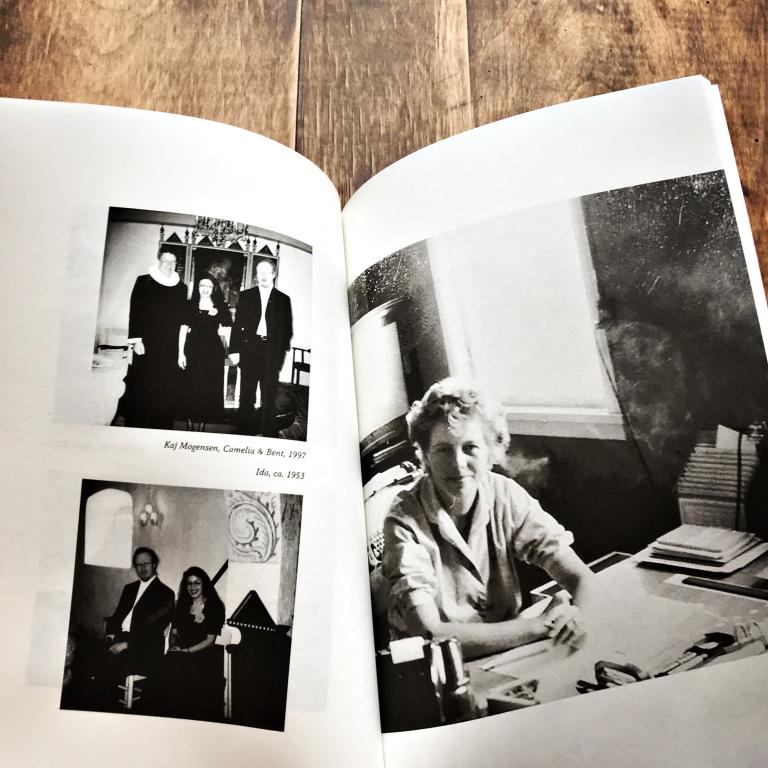
On my way to seeing him I tried to imagine what I’d say to him in three lines, in response to the anticipated question of, ‘how have you been?’
As I’m not a ‘small talk’ person, when I’m confronted with the very possibility, I often strategize for the most efficient and authentic way of avoiding it.
I ended up concluding that referencing my career track was the best way to give the man an impression of how I went from A to Z. In the course of reducing my whole life to three lines, I noticed a difference. Although I was conferred many academic titles of the highest prestige in the 23 years since I last had a significant encounter with the vicar, my focus was not at all on ‘being’ – which would have literally sounded like this: ‘I, the professor, doctissima Camelia Elias (the Latin appellation standing for someone holding two doctorates where the one is higher than the other).
My focus was all on doing: I did this and I did that, and now I’m doing this with view to doing that.
This event prompted me towards considering how we distinguish between three-lines life narratives that don’t end up sounding either like a marketing trick or like a CV.
As usual, when in doubt, ask your cards:
How do I best summarize my life in three lines, so that it’s precisely specific even when it needs to have a general character?
I hope you realize that this is already a million dollar question. How do I know it? Look around and see just how many promise to teach you how to be ‘catchy’ in an ‘authentic’ and ‘honest’ way.
Right. Just look at your cards and judge for yourselves, while holding in mind the idea that there’s indeed a difference between being and doing, but also one where neither being nor doing is stable.
You are something because you do something with love. Having done something can bring you all the cultural consecrations that you can dream of, but these consecrations will not be representative of what you are or who you are.
I hope you can hear how I’m going in a loop here, nasty Zen style, and with the cards on my table, as well.
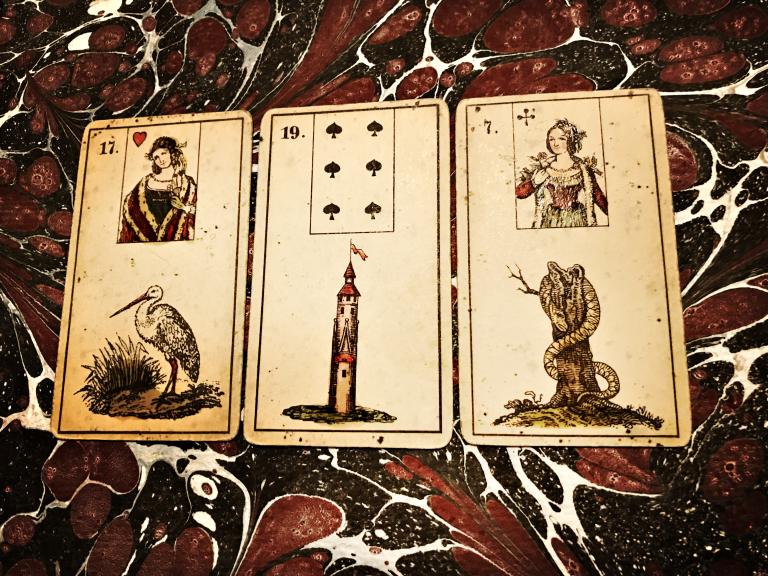
I’ll report back on my conversation with the vicar, who is not only a very interesting man, but also a respected professor and examiner in theology. I may even end up reading his cards eventually, if I put my mind to it. After all, it would be a case of doctissima to doctissimus, as he is one too.
♠
Stay in the loop for cartomantic courses.








